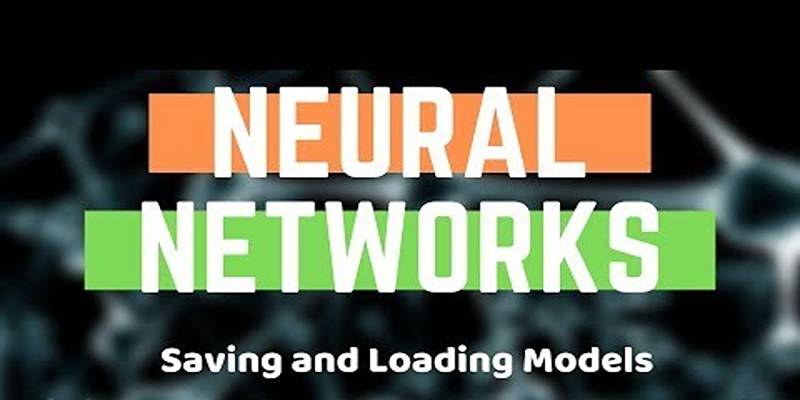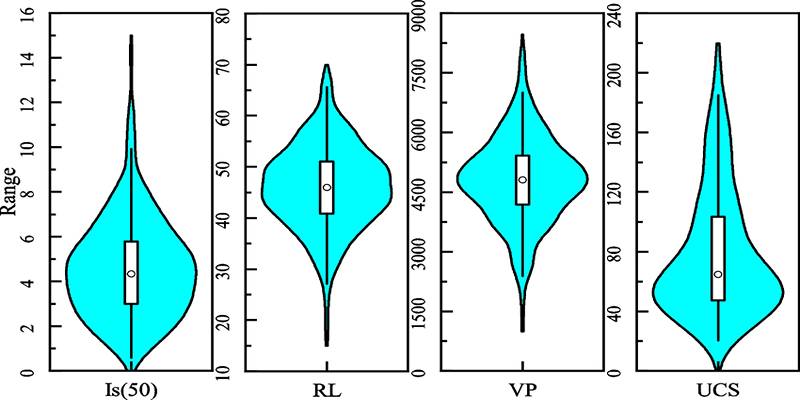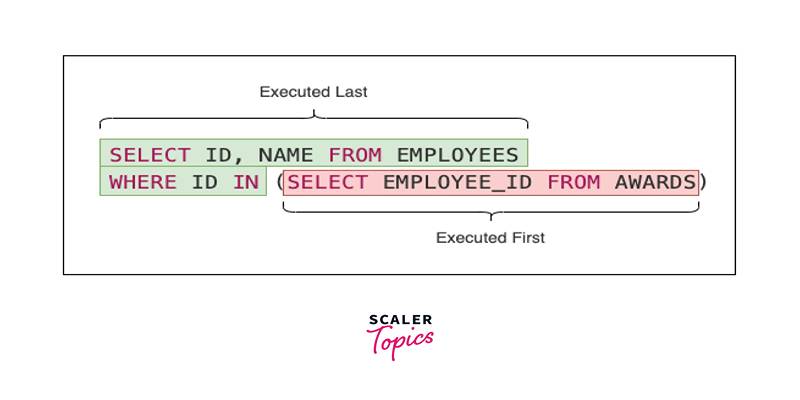Machine learning models are scaling up in size, complexity, and deployment requirements. The choice of framework has never been more important. While PyTorch and TensorFlow remain widely used, a new wave of tools is redefining how you build neural networks—more efficiently, more transparently, and with greater performance.
Flax, built on top of JAX, is one of the most promising frameworks leading this change. This guide explores how Flax empowers you to build efficient neural networks, why it’s gaining popularity among researchers and engineers, and how you can start using it in your projects.
What Makes Flax Different?
At its core, Flax is a flexible and high-performance neural network library that leverages JAX’s computational strengths. While most libraries provide abstraction at the cost of control, Flax gives you full control over your model, its parameters, and its training dynamics—without sacrificing speed or readability.
Here’s what sets Flax apart:
- Functional Programming Philosophy
Flax treats models as pure functions. Rather than hiding model parameters inside objects, you define and pass them explicitly. This results in better reproducibility and easier debugging. - Power of JAX
JAX brings automatic differentiation, just-in-time compilation, and hardware acceleration. Flax builds on this to offer a cleaner neural network interface. - Clear Separation of Concerns
You define your model structure in one place, initialize parameters separately, and apply updates using transformations. It may feel different from traditional frameworks—but that difference is what enables efficiency and clarity.
Building Efficient Neural Networks: Why Flax Wins
Efficiency in machine learning refers not only to faster training or inference but also to developer productivity, scalability, and ease of debugging. Flax addresses all these dimensions by offering a functional approach, streamlined model construction, and robust tools for managing complex workflows. Here's how Flax contributes to each:
1. Efficient Model Construction
Using Flax’s Linen API, you can define complex architectures like multi-layer perceptrons, convolutional networks, or transformers using modular, reusable code. Unlike OOP-style libraries that mix data and behavior, Flax separates model architecture from data and state.
Instead of writing boilerplate layers with internal states, you define functions that take inputs and return outputs with no surprises in between. It also means fewer bugs because the flow of data and parameters is explicit.
2. High-Performance Training via JAX

Flax inherits JAX’s XLA-based just-in-time (JIT) compilation, which drastically speeds up numerical operations. Whether you're running on a GPU, TPU, or CPU, your model is compiled into efficient machine code optimized for that hardware.
Plus, using JAX's grad, vmap, and pmap transformations, you can:
- Compute gradients cleanly
- Vectorize your computations over batches
- Scale across multiple devices with almost no extra code
All of this translates into faster training cycles and better resource utilization—especially when working with large datasets or large models.
3. Optimizer Flexibility with Optax
Training a neural network is more than just defining a loss function and computing gradients. You also need an optimizer—and this is where Optax comes in.
Flax integrates seamlessly with Optax, a composable gradient transformation library. Whether you want to use plain stochastic gradient descent or something more advanced like AdamW or Lookahead, Optax provides a clean, functional interface for it. More importantly, you don’t have to worry about hidden optimizer states or magic updates. Everything is out in the open—traceable and easy to debug.
Let’s Walk Through a Typical Workflow
To build a neural network with Flax, here’s a high-level view of how the process works:
- Define the Model
You create a class that inherits from nn.Module. This class outlines how inputs are transformed—layer by layer—into outputs. You can use decorators to make the code cleaner and register parameters automatically. - Initialize Parameters
Unlike traditional frameworks, parameters are not stored inside the model. Instead, you initialize them using random seeds and dummy input shapes. - Apply the Model
To run a forward pass, you pass both the input and the parameters to the model. It keeps computation pure and deterministic. - Compute Loss
A custom loss function compares model predictions to the ground truth. Since you're in the JAX ecosystem, you can easily compute gradients using JAX’s built-in tools. - Update Parameters
Using Optax, you apply gradients to the parameters. The state is updated externally, making every change deliberate and visible. - Track State Variables
If your model uses elements like batch normalization, Flax lets you manage mutable states (like running mean) using named collections. It gives you fine-grained control over what’s being updated during each training step.
Saving and Loading Neural Networks

Once you’ve trained your model, you'll want to save its learned parameters for future use or deployment. Flax includes serialization utilities that convert your parameter trees into bytes or dictionaries. These can be stored locally, on the cloud, or passed between services.
And because your model and its parameters are separate entities, you can load parameters into different architectures (as long as they match structurally), experiment with transfer learning, or fine-tune them easily.
Managing State in Real Neural Networks
Efficient neural networks often need to maintain internal state—running statistics, counters, or conditionally updated variables. With Flax, you don’t lose efficiency while doing this.
Here’s how Flax handles it:
- Variables Are Explicit: You define them using self.variable(...).
- Updates Are Controlled: You decide which variables can be updated during each forward pass.
- No Hidden Behaviors: All state changes happen in your control path.
It makes Flax an excellent choice for advanced use cases like reinforcement learning agents, generative models, or anything involving long-lived stateful logic.
Conclusion
We’re entering a phase in machine learning where control, reproducibility, and performance are no longer nice-to-haves—they’re requirements. Flax doesn’t just adapt to this reality; and it thrives in it. It empowers you to build efficient neural networks in a functional, transparent, and high-performance way. Whether you're prototyping a paper-ready model or deploying a scalable neural network on GPUs or TPUs, Flax offers everything you need—without the clutter. Now is the time to embrace Flax + JAX. With the growing ecosystem, community support, and integrations, it’s not just an alternative—it’s a smarter way to build the future of AI.











